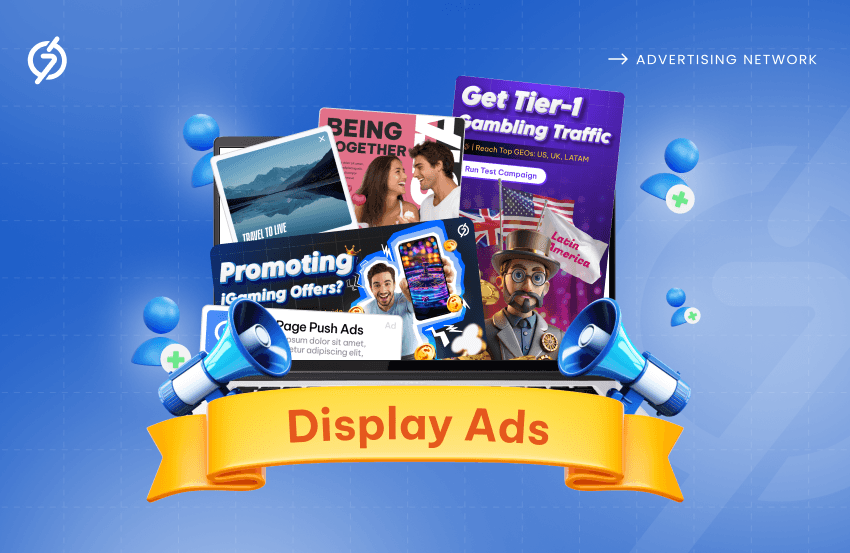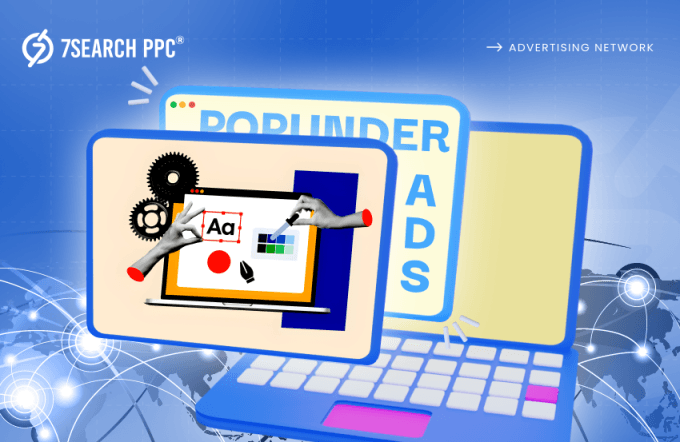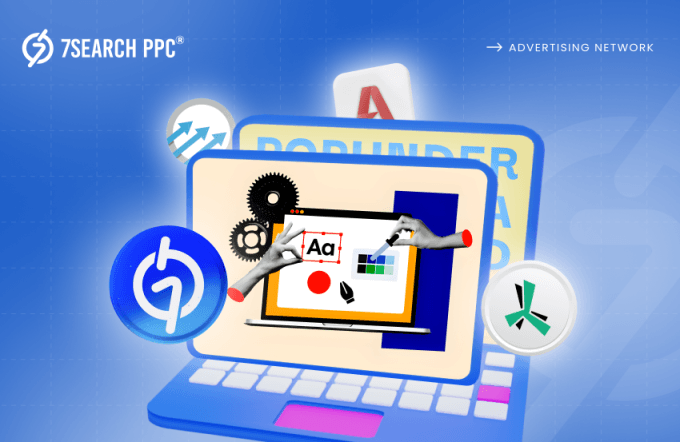Online ads are everywhere—but are they delivering effective results in 2025? Probably not. However, display ads might.
Display ads combine the power of both text and visuals to attract attention quickly. Whether you are an advertiser or a publisher, you may be missing out on their potential.
If that is the case, you are in the right place.
In this guide, we will cover everything you need to know about display ads — what they are, the benefits, the different types, and much more.
Start Driving Targeted Traffic with Display Ads Today!
What are Display Ads?
Display advertisements are something you can easily recognize at first glance. Whether you are reading a blog or browsing a popular website, you’ll often see these ads.
So, what exactly are online display ads?
Display ads are visual advertisements that appear on websites, apps, or social media platforms. They usually include images, videos, or graphics along with some text to catch people’s attention. These ads promote products, services, or brands and are often shown in topbars, sidebars, or between content. Advertisers use display advertisements to reach a wider audience and encourage people to click. These ads help drive traffic, generate leads, or increase sales through visual engagement. Publishers, on the other hand, can use these ads to monetize their websites or blogs.
Read More: The Anatomy Of An Irresistible Display Ads
Key Elements of Display Ads
There are many elements—such as Visuals, Headlines, Branding, Theme, Targeted message, and CTA—that play an equally important role in making an ad a display ad. The explanation of these elements is provided below.
1) Visuals
These are images, graphics, or animations used in the ad. They attract attention and visually represent the product, service, or message.
2) Headline
The headline is the main text that grabs attention. It’s usually short, bold, and catchy. A good headline tells people what the ad is about and makes them want to read more or click on it.
3) Branding (Brand Logo)
The brand logo indicates which company’s products or services are being advertised. It builds trust and helps people recognize your business. This element makes your brand more memorable and improves your overall brand awareness.
4) Theme
The theme ties the ad together. It includes the colors, style, and overall look. A consistent and attractive theme helps make your ad stand out and keeps it aligned with your brand’s identity.
5) Targeted Message
Targeted message made for a specific audience. It directly addresses their needs or interests. A targeted message makes the ad feel more personal and relevant.
6) CTA (Call to Action)
A CTA tells viewers what to do next, like “Shop Now” or “Learn More.” It’s an instruction that encourages action.
Various Types of Display Ads
There are several types of display advertisements, each with its own strengths and characteristics. Here is a breakdown of the most common types of display ad formats used in digital advertising:
1) Banner Ads
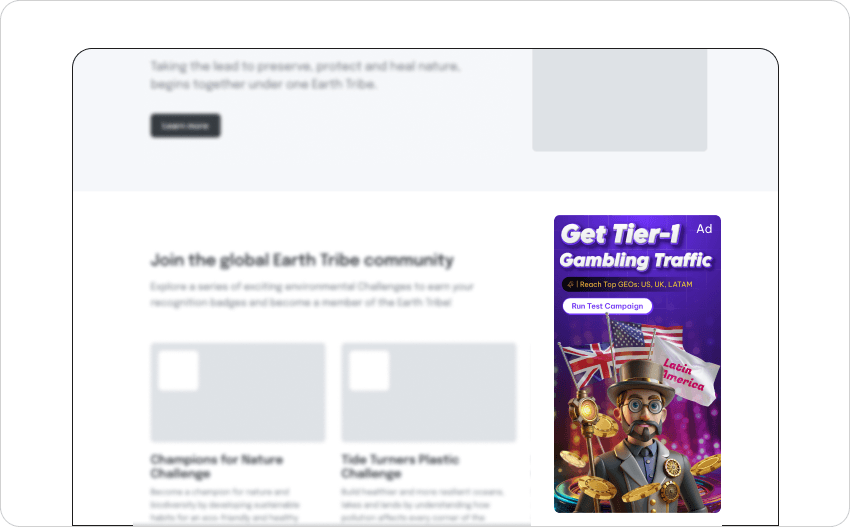
Banner ads are rectangular or square forms of online ads that are often found on the top, side, or bottom of a webpage or blog. They are easy to spot and usually promote a product, service, or offer. These ads don’t interrupt what you’re doing, but they are always visible and catch your attention while you browse. They’ve been around for years and are one of the most common forms of digital advertising.
Read More: Banner Ads: What They Are and How They Work In 2025
2) Native Ads
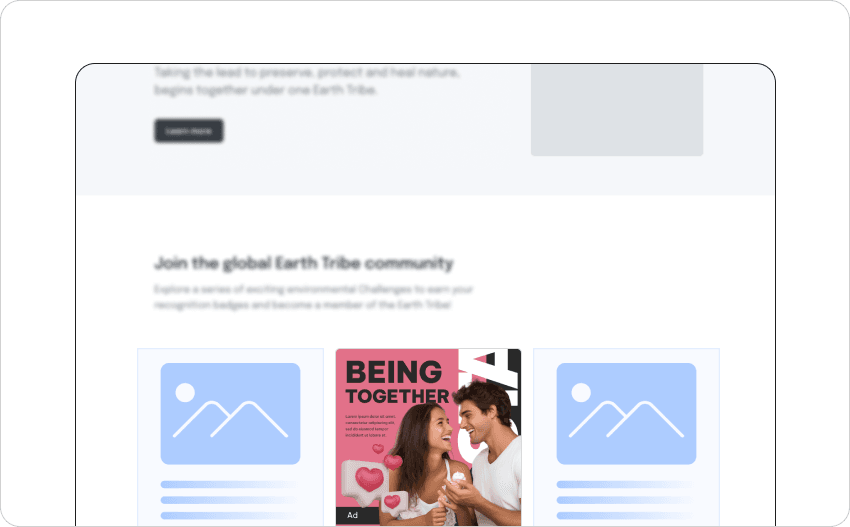
The next popular display ad format is the native ad. This type of ad is quite special — you could even say it’s magical. Why? Because it doesn’t look or sound like an ad. Native ads fit in with the content around them, so they don’t really look like ads. They match the design, tone, and style of the site or blog they appear on. The most important identity marker of native ads is that they are clearly labeled as ‘Sponsored’ or ‘Promoted’. Because they look more natural, users are more likely to engage with them.
Read More: Top Native Advertising Platforms for Advertisers
3) Popunder Ads
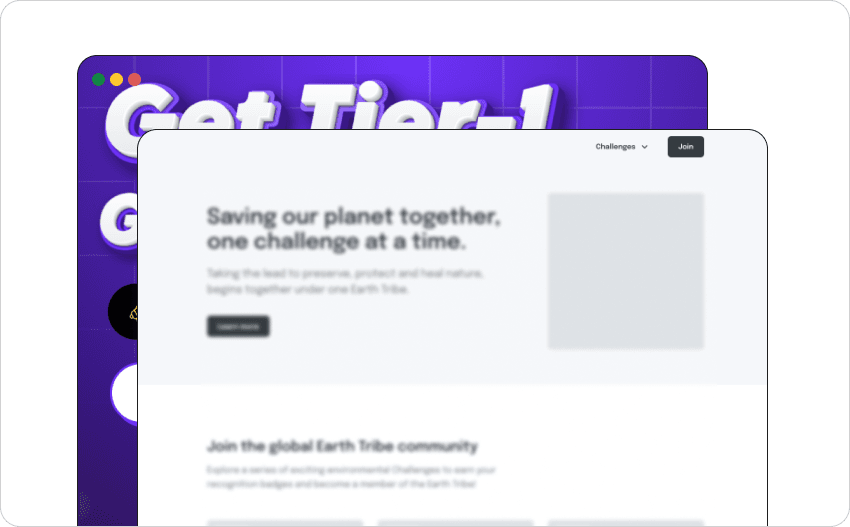
Who says users won’t give their time to watch ads? However, if you expect users to stop their current activity just to browse your ad, that may not be possible. An ad format that truly understands this and waits until users complete their current task is the popunder ad.
Popunder ads are hidden browser windows that open behind your current tab. You don’t see them right away—they wait until you close or minimize your main window. Audiences find these ads more user-friendly as they don’t disturb their browsing experience, like pop-ups often do.
Read More: How Popunder Ads Stand Out: Complete Guide
4) In-Page Push Ads
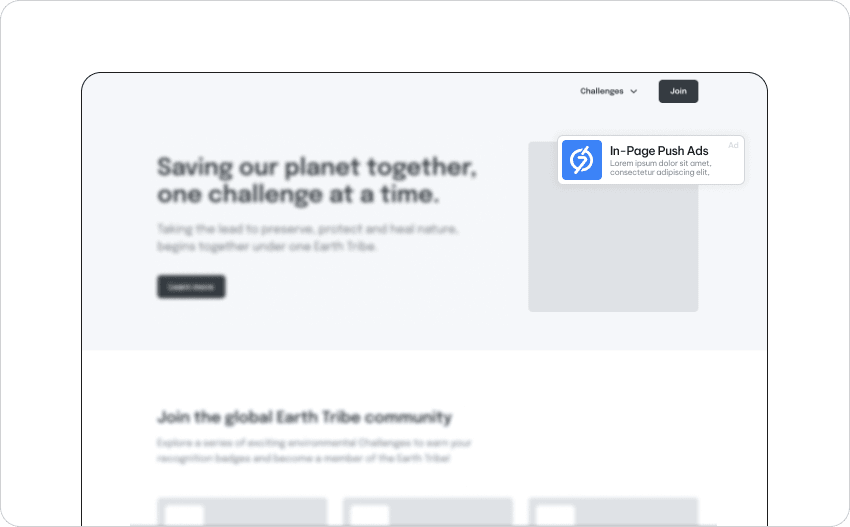
According to Wisenotify, around 60% of people agree to receive push notifications. But what about the remaining 40%? They don’t allow it, since push notifications work based on user opt-ins.
This is the gap that in-page push ads fill. These ads work by reaching all users browsing a website or blog, displaying messages without requiring any opt-in. They appear as small notification-style messages in the corner of the screen. In-page push ads are non-intrusive, load quickly, and are easy to close.
Read More: Become The Master Of In-Page Push Traffic: Tips & Tricks
5) Interstitial Ads
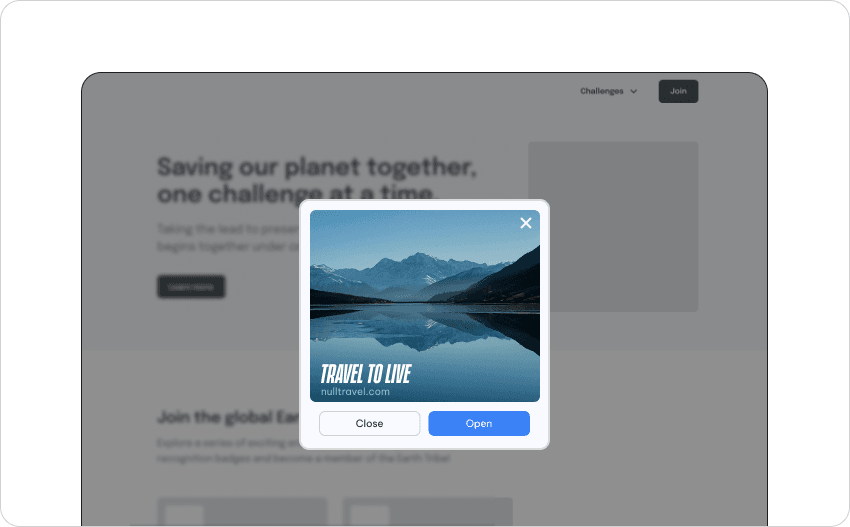
So, you’ve just finished watching a video, reading a blog, or completing a stage in a game, and now you are in a transition period, right? That’s the perfect time to see an ad. This is exactly how an interstitial ad works.
Interstitial ads are a type of online display ad that covers the entire screen. They do not appear at just any time; instead, they are shown when users are more likely to be receptive and ready to give their attention to an ad. They appear during natural breaks in an app or website, like when you’re switching between pages or levels in a game.
Read More: Interstitial Ads: Know Every Detail
6) Video Ads
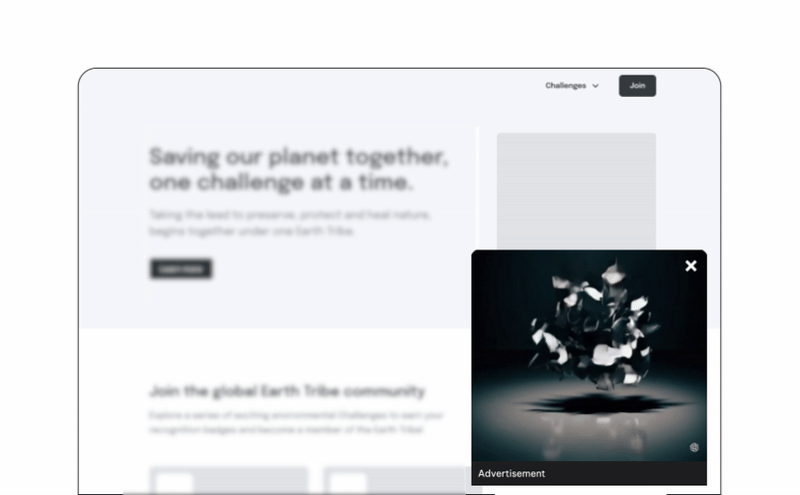
Statista states that ad spending in the Digital Video Advertising market worldwide is estimated to reach US$207.52 billion in 2025. This shows the popularity that video ads hold.
Video advertisements are short video clips used to promote a product, service, or brand. They can appear before, during, or after online videos or be placed on websites, blogs, and social media platforms. These ads grab attention quickly through motion, sound, and storytelling. The best thing about video ads is that they spark emotion in a short time.
Read More: Display Ad And Its Types: Tips to Optimize Display Ads Campaign For Maximum Return
Top Benefits of Using Display Ads
Display advertisements work well and offer many benefits for both advertisers and publishers. We have researched and identified the top benefits for each group, which are outlined below. Take a look.
Benefits for Advertisers
Display ads offer several benefits for advertisers, some of which are listed below:
- Increased Brand Awareness: Display ads help more people see your brand while browsing websites, blogs, or apps. Even if they don’t click, they still notice your brand name, logo, or message. This means that with display advertisements, you can successfully raise awareness of your brand and its offerings.
- Higher Sales: With eye-catching display ads, you can attract potential customers and lead them directly to your website or landing page. More visibility often means more interest, and that can turn into more sales over time.
- Faster ROI: Display advertisements help you engage a large audience quickly. By gaining fast exposure, you can start seeing results sooner—such as increased traffic, leads, or sales—which means you can achieve a return on your investment faster.
- Competitive Advantage: Staying visible with display advertisements means your brand is top-of-mind, even when customers are comparing options. If your competitors are not using display ads online, you are already a step ahead by showing up where they are not.
Read More: Use Display Advertising To Increase Your Conversion
Benefits for Publishers
Publishers can gain the following benefits by using display ads:
- Quick Revenue Generation: These online ads help publishers start earning money quickly by displaying the ads on their websites or blogs. As soon as visitors view or click the ads, publishers can begin generating income without needing to sell anything directly.
- Easy Integration: Publishers can easily integrate these ads into their websites or blogs. Most display advertising networks like 7SearchPPC provide simple code snippets that publishers can copy and paste, requiring little to no technical skills or complex setup to start displaying ads.
- Flexible Ad Placement: Publishers can choose where to place display ads on their website, such as in the header, sidebar, or between content. This flexibility allows them to balance user experience with revenue generation by testing different ad placements.
- Variety of Display Ad Formats: Display advertisements come in many formats, including banners, popunders, videos, native ads, etc. This variety lets publishers choose what works best for their audience and content style, helping improve engagement and revenue.
Read More: 5 Ways To Monetize Your Website: The Ultimate Guide For Beginners
How to Create Effective Display Ads
Display advertisements can deliver the desired results — but only if you are strategic in creating them. Below are some proven strategies that can help you achieve success with display advertising formats in 2025.
1) Choose a Reliable Display Advertising Network
There are many ad networks available, but not all of them offer display advertising. First, research a reliable ad network—such as 7SearchPPC—that provides display ad formats. Then, check which types of display ads they offer, such as native ads, banner ads, or others. Also, review the available display ad sizes, as these formats come in various dimensions.
A reliable display advertising network helps your ads reach the right audience, protects your budget, and provides useful tools to track performance.
Read More: Display Ad Network: Complete Guide To Display Advertising
2) Define Your Advertising Goal
Before you even design your ad, ask yourself: “What do I want this ad to do?” Are you trying to get more people to visit your website? Or maybe you want them to sign up, buy something, or just learn about your brand. Having a clear goal helps you design and create effective display ads. It’s like setting your destination before starting a road trip—it makes everything else easier.
3) Select the Right Type of Display Ad
Display ads come in various types and sizes. So, pick the one that fits your goal and grabs your audience’s attention. Think about where your ad will show up and what your audience is likely to engage with.
4) Keep Messaging Clear and Concise
According to findings on Quora, people spend an average of 3 seconds on a banner ad. This result is almost the same across all types of display ads. So, what should you focus on? Use simple words and make sure your message is easy to understand at a glance.
Highlight what’s in it for the viewer—like a discount, benefit, or solution. One strong message with a clear call to action (like “Shop Now” or “Learn More”) is much more effective than a cluttered ad with too many details.
5) Ensure Brand Consistency
Your display ad should look and feel like the rest of your brand—same colors, logo, tone, and overall style. When your ideal audience sees your ad on any platform, they should instantly recognize it’s from you.
6) Optimize for Fast Load Times
If your ad takes too long to load, people will scroll past it before it even shows up. You must make sure your images or videos in the ads are compressed properly without losing quality. Avoid heavy files or flashy animations that slow things down. A faster-loading display ad means more people actually see it, and that can lead to better results.
How to Monetize a Website with Display Ads
Monetizing a website with display advertisements is one of the most common and accessible ways to generate passive income. But how do you get started? Don’t worry — we’ll walk you through it. Here is a step-by-step guide to help you begin:
1) Build a Website, Create Content, and Attract Traffic
Many of you may already have a website, which is great. However, there may be some who don’t. If you don’t have one, start by building a website. Then, focus on SEO, choose a popular niche, and begin posting content regularly. This will help you attract traffic and lay the foundation for content monetization later.
2) Choose the Right Ad Network
Once your website or blog starts generating traffic, it’s time to research display ad networks for publishers. Look for a network that offers a variety of display ad formats, such as banner ads, native ads, and more, to help you make money from your site. Additionally, consider the other benefits the display advertising network provides to publishers, such as high CPM rates and additional monetization features.
3) Add Your Website to the Ad Network
After selecting a network, you will need to create a publisher account and add your website. The network will review your site to ensure it follows their guidelines—such as having original content and not being spammy. This process can take anywhere from a few hours to a few days, depending on the specific display ad monetization network.
4) Create Ad Units
After approval, log in to your publisher account and create ad units. An ad unit defines the size, format, and other settings of an ad. You can create a single ad unit or multiple ones, depending on your needs.
5) Get the Ad Code and Paste It into Your Website
As soon as you create an ad unit, the network will give you a code (usually in HTML or JavaScript). You need to copy that code and paste it into your website’s layout—where you want the display ad to appear.
6) Track Ad Performance
When you paste the ad code in a high-traffic area of your website or blog, the display ad will appear in that location. After that, your ad will start receiving impressions and clicks, which will generate revenue for you. It’s important to track the performance of your display ads and keep experimenting with different ad sizes and placements to achieve better results.
Read More: Which is the Highest Paying Ads Format for Publishers?
Conclusion
If you want to really make an impact in digital advertising in 2025, display ads are definitely something you should be using. Whether you are an advertiser trying to get your brand out there or a publisher looking to make some extra income, display advertisements can help. The tips in this guide will give you a solid start. So, go ahead—experiment with what works best for you and see how these online ads can help you stand out and succeed.
Frequently Asked Questions (FAQs)
What is display advertising?
Ans. The act of promoting any products or services through display ad formats like banners, native ads, in-page push ads, etc., is known as display advertising.
How do display ads work?
Ans. Display advertisements work by appearing on websites or apps, often in places like top bars, sidebars, or between content. They use images, text, and sometimes videos to attract attention and encourage people to click on them.
What are the most common types of display ads?
Ans. The most common types of display advertisements include banner ads, native ads, popunder ads, in-page push ads, interstitial ads, and video ads.
How do display ads help advertisers?
Ans. Display advertisements help advertisers by increasing brand visibility, driving traffic to websites, generating leads, and boosting sales.
How do display ads help publishers?
Ans. Display advertisements help publishers by combining text and visuals to attract the audience’s attention. This results in more impressions and clicks, which ultimately generate revenue. Additionally, these ads can be easily integrated with minimal technical expertise required.
What makes a display ad effective?
Ans. An effective display ad should have a concise message, strong visuals, a catchy headline, and a clear call to action. It should also load quickly and be placed where it catches attention without disturbing the user.
How can I monetize my website with display ads?
Ans. To monetize your website, create content that attracts traffic, choose a good ad network, place display advertisements on your site, and track their performance. Over time, you’ll earn revenue through clicks and impressions.

